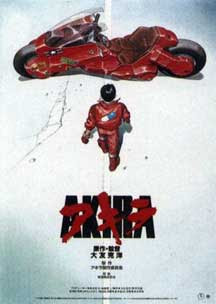When someone says animation or cartoons the first name that comes to mind is Walt Disney. I grew up with his cartoons and animated films and wanted nothing more than to work with his company when I grew up.
Walt Disney was born on December 5, 1901 in Chicago Illinois, but his family soon moved to Marceline Missouri where he spent most of his childhood. Walt was one of five children. With a strict father and very little money Walt was encouraged by his mother and older brother to pursue his dream in the arts.
Even thirty some years after Walt Disney’s death, we are still grasping his ideas and creations in animation.
Walt Disney was not the first person on the animation scene though. The first animated film ever made was 'Humorous Phases of Funny' by cartoonist J. Stuart Blackton in 1906. It is the earliest surviving example of an animated film, which used single the fame method and was projected at twenty frames per second.
Humorous Phases of Funny (1906)
'Gertie the Dinosaur' (1914)
The first animated feature, that can be verified, is 'The Adventures of Prince Achmed', 1926 by German filmmaker and avant-garde artist Lotte Reiniger. It was based on the stories of the Arabian nights. Because the animations were silhouetted, used paper cut outs and they were done in Germany, Reiniger’s work is often overlooked in the animation world. He was very creative in his use of wax and sand on the film stock, very innovative.
With computer animation has become quite a science. Lucasfilm was launched in 1979. The graphics division of Lucasfilm, LTD. was then purchased by Steve Jobs in 1986 and established as an independent company, “Pixar”. Pixar is an animation studio with technical, creative and production capabilities that have created a whole new generation of animated films, computer animated films. Partnering with Walt Disney Pictures, Pixar created and produced several films including Toy Story, 1995, A Bug’s Life, 1998, Toy Story 2, 1999, Monsters, Inc. 2001, Finding Nemo, 2003 and The Incredibles, 2004.
Many individuals are creating their own animations and mixing media as well, like ‘Procrastination’ by Johnny Kelly.
I definitely think animation will become more interconnected, like Andy Martin’s work in Earth Bonding Point, with use of painting, photography, graphics, computer illustrations and typography all together to create animations. I think there is a great potential for exploration in this area of animation.
In the future animation will be more interactive. There are films now that give the viewer choices of the outcome. I think the same will occur in animation, but all through the animation the participant will be able to make changes and choose the outcomes throughout the entire animation film, a bit like a video game.
I think in the future of animation there will be more experimenting with holograms. Creating entire animation films that are projected onto a three dimensional viewing field would be fantastic. Maybe even having an interactive feature that can have multiple outcomes.
Sources:
http://www.filmsite.org/animatedfilms.html
http://www.justdisney.com/walt_disney
http://en.wikipedia.org/wiki/Pixar
http://en.wikipedia.org/wiki/Waking_Life
http://en.wikipedia.org/wiki/Animation
Earth Bonding Point by Andy Martin
‘Procrastination’ by Johnny Kelly
‘Waking Life’ directed by Richard Linklater











No comments:
Post a Comment